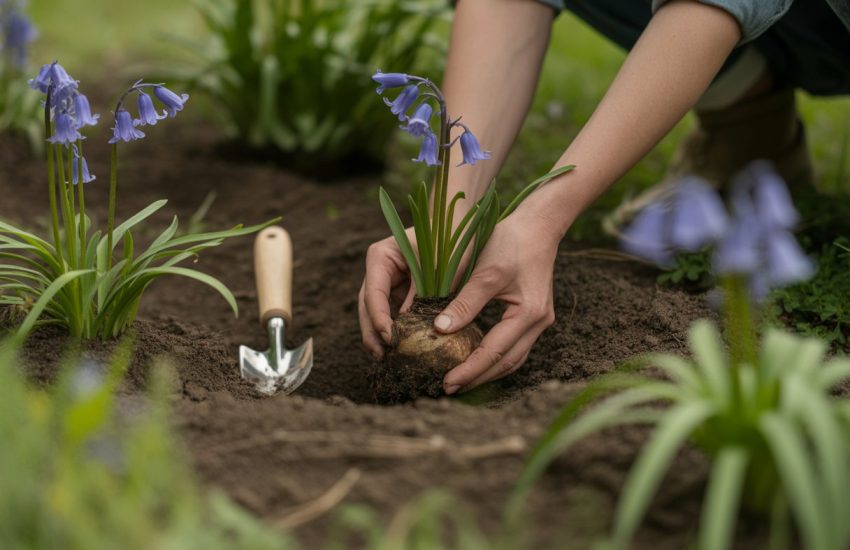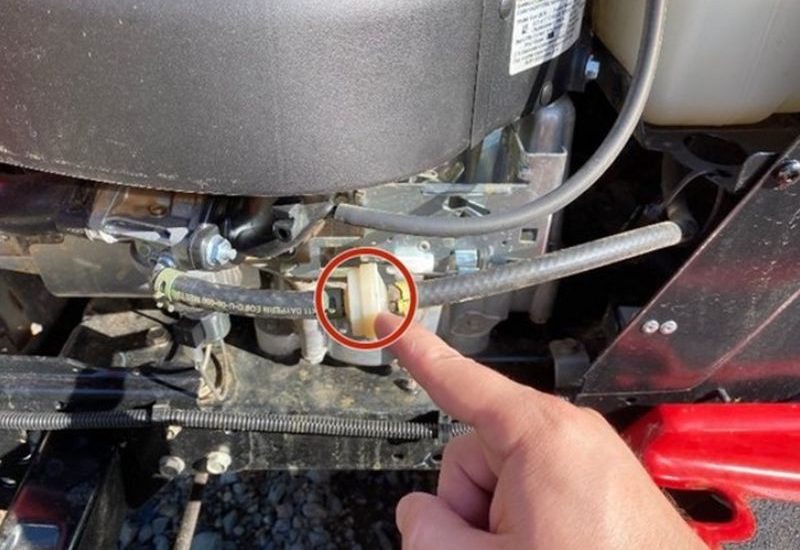Devil’s Ivy Plant Care: Tips for Thriving Indoors
Devil’s Ivy, also known as Epipremnum Aureum, is a popular houseplant that is easy to care for and can add a touch of greenery to any space. This plant is known for its long, trailing vines and heart-shaped leaves that can vary in color from green to yellow and even white. Devil’s Ivy is a great choice for those who are new to plant care or those who want to add a low-maintenance plant to their collection.

Caring for Devil’s Ivy is relatively simple and straightforward. This plant thrives in bright, indirect light but can also tolerate low light conditions. It prefers well-draining soil and should be watered when the top inch of soil feels dry to the touch. Devil’s Ivy is also known for its air-purifying qualities, making it a great addition to any home or office. With a little bit of attention and care, Devil’s Ivy can thrive and add beauty to any space.
Basic Care and Growing Conditions
Devil’s Ivy, also known as Pothos, is a popular houseplant that is easy to care for and can thrive in a variety of indoor conditions. In this section, we’ll cover the basics of caring for Devil’s Ivy, including its light requirements, watering and humidity needs, soil and repotting, and ideal temperature and environment.
Light Requirements
Devil’s Ivy prefers bright, indirect light, but it can also tolerate low light conditions. Direct sunlight can burn the leaves, so it’s best to keep the plant away from windows or to filter the light with a sheer curtain. If the leaves start to yellow or brown, it may be a sign that the plant is getting too much light.
Watering and Humidity
Devil’s Ivy likes to be kept evenly moist, but it’s important not to overwater the plant. Water the plant when the top inch of soil feels dry to the touch, and make sure the pot has drainage holes to prevent water from sitting in the soil. Devil’s Ivy also appreciates a humid environment, so misting the leaves or placing a tray of water near the plant can help increase humidity levels.
Soil and Repotting
Devil’s Ivy grows well in a variety of potting soils, but it’s important to choose a well-draining mix that won’t hold onto excess water. When repotting, choose a pot that is only slightly larger than the current one, as Devil’s Ivy prefers to be slightly root-bound. Repotting can be done in the spring or summer, and it’s a good time to check the roots for any signs of damage or disease.
Temperature and Environment
Devil’s Ivy can tolerate a range of temperatures, but it prefers to be in a warm, humid environment. Ideal temperatures for Devil’s Ivy are between 60-85°F (15-29°C), and it’s important to keep the plant away from drafts or cold air. Devil’s Ivy also benefits from occasional fertilization during the growing season to promote healthy growth.
Propagation and Maintenance
Propagating Devil’s Ivy
Devil’s Ivy is a relatively easy plant to propagate. The best way to propagate Devil’s Ivy is through stem cuttings. It is recommended to take cuttings in the spring or summer when the plant is actively growing. Cut a healthy stem that has at least two leaves and a node. Remove the lower leaves and place the cutting in a pot with well-draining soil. Water the cutting and keep it in a bright, warm location. In a few weeks, the cutting should start to develop roots and new growth.
Pruning and Preventing Pests
Pruning is an important part of Devil’s Ivy maintenance. It helps to keep the plant healthy and prevent leggy stems. Prune the plant in the spring or fall by cutting back any overgrown or dead foliage. Devil’s Ivy is generally a hardy plant, but it can be susceptible to pests such as spider mites and mealybugs. Regularly inspect the plant for signs of pests and treat them immediately to prevent an infestation.
Fertilizing and Plant Health
Devil’s Ivy is a low-maintenance plant, but it still requires some care to stay healthy. Fertilize the plant every 2-3 months with a balanced liquid fertilizer. Devil’s Ivy prefers bright, indirect light, but it can also tolerate low light conditions. Overwatering can lead to root rot, so it is important to let the soil dry out between waterings. If the plant starts to develop leggy stems, it may be a sign that it is not getting enough light. Move the plant to a brighter location to encourage new growth.


